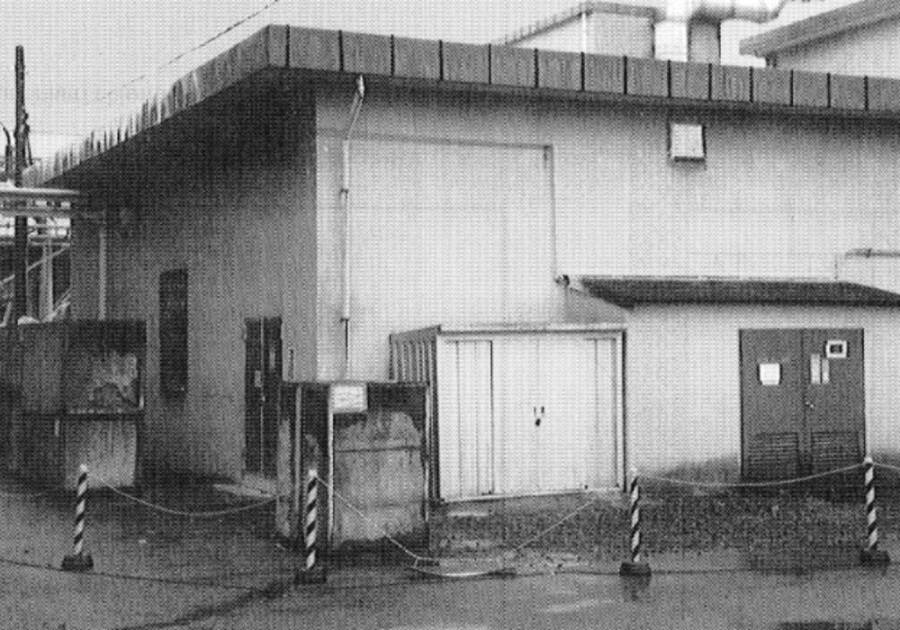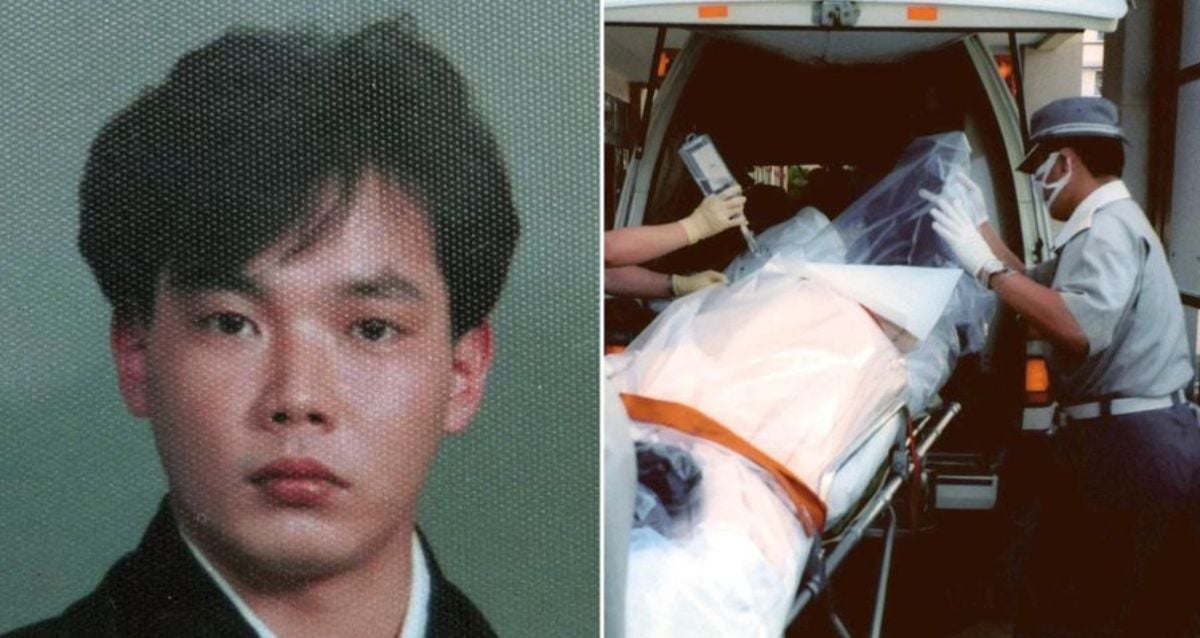The Tokaimura nuclear accident victim case remains one of the most significant nuclear incidents in history, capturing global attention and sparking debates about nuclear safety. On September 30, 1999, an accident occurred at the JCO criticality accident facility in Tokaimura, Japan, resulting in severe consequences for workers and the surrounding community. This tragedy underscores the importance of stringent safety protocols in nuclear operations.
As we delve deeper into this incident, it is crucial to understand the events leading up to the accident, the impact on victims, and the lessons learned from this catastrophe. The Tokaimura nuclear accident serves as a stark reminder of the dangers associated with nuclear technology when human error and inadequate safety measures come into play.
This article aims to provide a detailed overview of the Tokaimura nuclear accident victim, exploring the background, causes, consequences, and the broader implications for nuclear safety worldwide. By examining this tragedy through a comprehensive lens, we hope to shed light on the importance of maintaining strict safety standards in nuclear facilities.
Read also:Is Jennifer Hudsons Son Gay Exploring The Facts And Addressing The Rumors
Table of Contents
- Background of the Tokaimura Nuclear Accident
- Details of the Accident
- Victim Profile and Biographical Information
- Health Impact on Victims
- Effect on the Surrounding Community
- Investigation and Findings
- Regulatory Changes Post-Accident
- Global Response to the Incident
- Lessons Learned from the Tokaimura Accident
- Future Prevention Strategies
Background of the Tokaimura Nuclear Accident
The Tokaimura nuclear accident occurred at the JCO uranium reprocessing facility in Tokaimura, Japan. This facility was responsible for processing uranium fuel for nuclear reactors. The accident happened when workers violated safety protocols by mixing excessive amounts of uranium in a precipitation tank, causing a criticality event. This event released lethal doses of radiation, affecting workers and the surrounding environment.
Japan's reliance on nuclear energy has always been significant, with numerous nuclear facilities operating across the country. However, the Tokaimura incident exposed glaring deficiencies in safety protocols and oversight mechanisms, leading to severe consequences for those involved.
Details of the Accident
The accident unfolded when three workers at the JCO facility attempted to dissolve uranium oxide powder in a stainless-steel precipitation tank. Instead of following the prescribed procedure, which limited the uranium concentration to 2.4 kilograms, they poured approximately 16 kilograms of uranium into the tank. This violation of safety protocols triggered a chain reaction, causing a criticality event.
Causes of the Accident
Several factors contributed to the Tokaimura nuclear accident:
- Human error: Workers deviated from established safety procedures.
- Inadequate training: Employees lacked sufficient training in handling nuclear materials.
- Poor regulatory oversight: Insufficient monitoring and enforcement of safety standards.
These factors combined to create a perfect storm, resulting in one of the worst nuclear accidents in Japan's history.
Victim Profile and Biographical Information
The Tokaimura nuclear accident claimed the lives of two workers and severely injured another. Below is a detailed profile of the victims:
Read also:Ebraheem Al Samadi Wife Photo A Comprehensive Look At The Life And Journey
Biographical Information
| Name | Age | Position | Date of Death |
|---|---|---|---|
| Hisashi Ouchi | 35 | Plant Operator | December 21, 1999 |
| Masato Shinohara | 39 | Plant Operator | April 27, 2000 |
| Yutaka Yokokawa | 54 | Section Chief | Survived but suffered severe radiation sickness |
Health Impact on Victims
The victims of the Tokaimura nuclear accident suffered from acute radiation syndrome, a condition caused by exposure to high levels of ionizing radiation. Symptoms included severe burns, nausea, vomiting, and damage to internal organs. Hisashi Ouchi and Masato Shinohara succumbed to their injuries, while Yutaka Yokokawa survived but endured prolonged medical treatment.
Symptoms of Acute Radiation Syndrome
- Burns and skin damage
- Gastrointestinal distress
- Damage to bone marrow and immune system
- Potential for long-term health effects
Medical professionals worldwide closely monitored the treatment of these victims, gaining valuable insights into managing radiation exposure.
Effect on the Surrounding Community
The Tokaimura nuclear accident had far-reaching effects on the local community. Approximately 30,000 people were evacuated from the area surrounding the facility, while thousands more were advised to stay indoors to minimize radiation exposure. The incident caused significant public concern about nuclear safety and prompted calls for stricter regulations.
Long-term studies have been conducted to assess the health impacts on residents exposed to lower levels of radiation. While no immediate fatalities were reported among the general population, ongoing monitoring continues to ensure public safety.
Investigation and Findings
An extensive investigation was launched following the Tokaimura nuclear accident to determine the causes and prevent future incidents. The investigation revealed systemic failures in safety protocols, inadequate training, and poor regulatory oversight. Key findings included:
- Non-compliance with safety regulations
- Inadequate employee training
- Weaknesses in regulatory frameworks
These findings led to significant changes in Japan's nuclear safety policies and procedures.
Regulatory Changes Post-Accident
In response to the Tokaimura nuclear accident, Japanese authorities implemented several measures to enhance nuclear safety:
- Strengthened safety regulations and enforcement mechanisms
- Improved employee training programs
- Increased transparency and public communication
These changes aimed to restore public confidence in nuclear energy and prevent similar incidents in the future.
Global Response to the Incident
The Tokaimura nuclear accident drew international attention, prompting global discussions on nuclear safety. Governments and organizations worldwide reviewed their safety protocols and collaborated to establish best practices. The International Atomic Energy Agency (IAEA) played a pivotal role in facilitating these efforts, promoting international standards and guidelines.
Lessons Learned from the Tokaimura Accident
The Tokaimura nuclear accident provided several critical lessons for the global nuclear industry:
- The importance of adhering to safety protocols
- The need for comprehensive employee training
- The significance of robust regulatory frameworks
By learning from this tragedy, the nuclear industry can work towards ensuring safer operations and protecting workers and communities.
Future Prevention Strategies
To prevent future nuclear accidents, the industry must prioritize safety through:
- Continuous improvement of safety protocols
- Ongoing employee education and training
- Enhanced regulatory oversight and enforcement
By adopting these strategies, the nuclear industry can minimize risks and ensure the safe operation of nuclear facilities worldwide.
Kesimpulan
The Tokaimura nuclear accident victim case highlights the critical importance of safety in nuclear operations. Through a detailed examination of the incident, its causes, and consequences, we gain valuable insights into preventing similar tragedies in the future. The lessons learned from this tragedy underscore the need for stringent safety measures, comprehensive training, and robust regulatory frameworks.
We invite readers to share their thoughts and experiences in the comments section below. Additionally, explore other articles on our site for more information on nuclear safety and related topics. Together, we can contribute to a safer and more informed world.
Data and references for this article were obtained from reputable sources, including the International Atomic Energy Agency (IAEA) and academic publications. For further reading, please consult the following resources:
- IAEA Reports on the Tokaimura Accident
- Scientific Studies on Radiation Exposure
- Government Publications on Nuclear Safety


